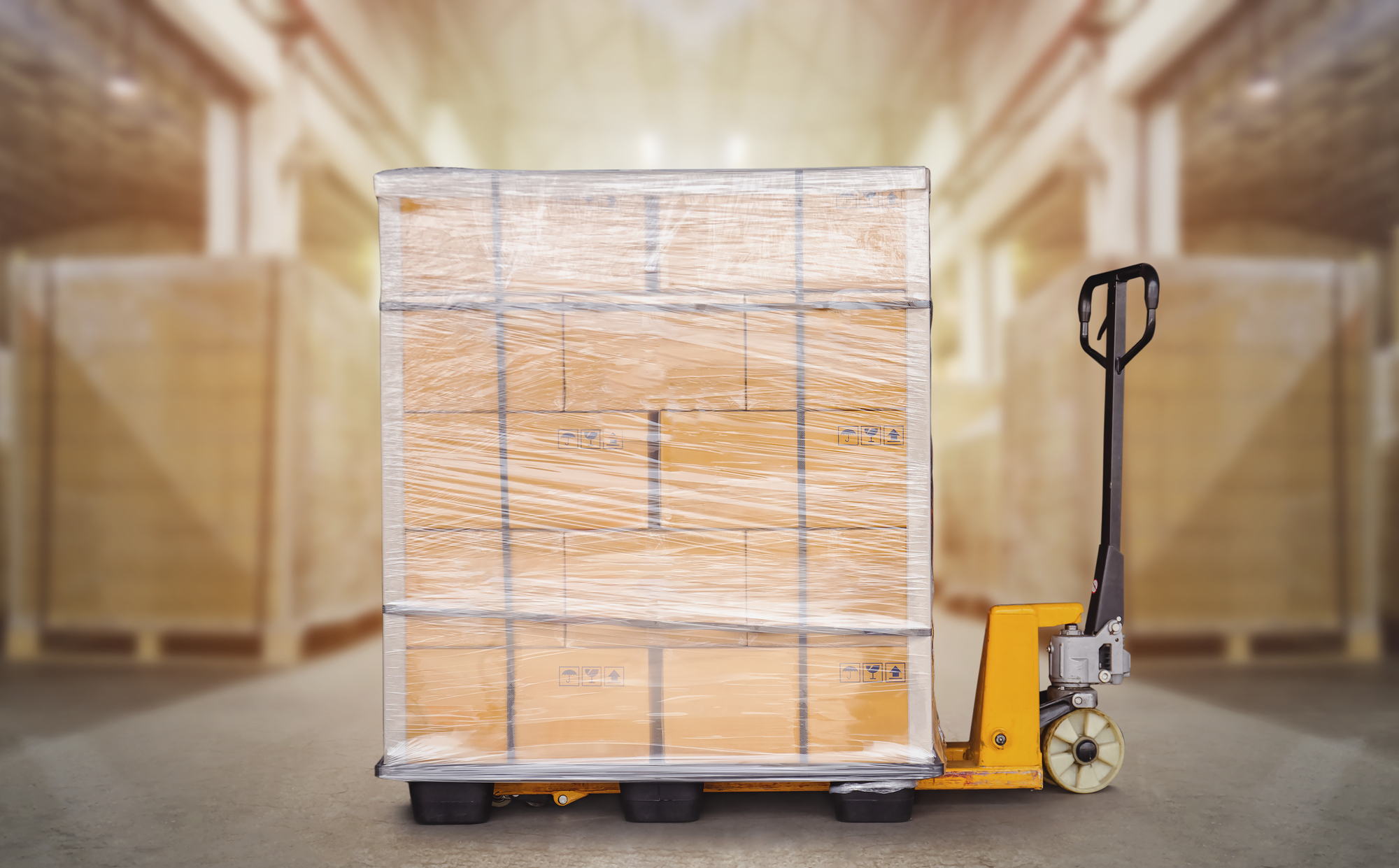- Your cart is empty
- Continue Shopping
Navigating Inventory – First-Cost Goods vs. Bonus Boxes of Returned Merchandise

In today’s highly competitive retail environment, entrepreneurs employ a variety of strategies to attract customers to their retail establishments. Retail sites can vary from traditional brick-and-mortar stores in strip mall, a pop-up shops in vacant real estate spaces, church basements, car trunks, or even flea market booths.
The key to retail success is finding a point of difference. At Total Wholesale, LLC, we believe that the point of difference should be high-quality branded goods offered at fair prices, that create exceptional value for your customers. This approach resonates with savvy consumers, where every dollar counts within the current economic climate.
Now, let’s delve into the various product offerings at Total Wholesale and compare them to other wholesale pallet options. Pallet wholesale websites typically feature two types of products: First-Cost Goods or Bonus Boxes of Goods.
Bonus Boxes of Returned Merchandise
First, let’s discuss “Bonus Boxes.” These are a bit more complex and arise from the handling of returned items. Many major retailers have generous product return policies because these return policies create customer loyalty and cost the retailers nothing. How can returned merchandise cost the retailer nothing? We will agree that is a stretch to say, so let us say that product returns cost the retailer very little other than labor and some storage and transportation costs. Although it may seem surprising, approximately 28% of all retail sales are returned for no specific reason or any reason at all.
Under a typical vendor agreement that a retailer has with its vendors, the retailer can chargeback product returns against any amount due to the vendor. If the vendor is smart, they will provide an allowance up front for product returns and the retailer takes the allowance whether or not there are any product returns. This means that the vendor, not the retailer, is supporting and shouldering the cost of product returns. Imagine if the retailer had to cover the cost of product returns – they would be out of business because the product returns would eat into all of their profit margins. Without profit margins, a business cannot sustain itself.
Since 28% of sales result in product returns, what does the vendor or the retailer do with the product returns?
- The vendor has already taken into account their portion of the product returns when they priced their product offering to their retail customer. If they underestimated the amount of returns, they will ended up losing money. Vendors rarely want the returned items back because it costs money to receive, sort, store and resell them.
- Next is the retailer. Historically there were two options – sell the goods by the pound or destroy them. Both options require labor to receive, sort, store and resell them. The Bonus Box concept avoids much of the cost related to selling the product returns but results in cost recovery for the retailer.
Bonus Boxes are comprised of returned merchandise compiled by retailers and then consigned to a wholesale websites and offered for sale “where is” “as is” “with all faults”. Where is, as is, with all faults is a legal term used to limit liability in a sale like “caveat emptor” – let the buyer beware. They typically include returned goods that are still usable but might be missing original packaging, have slight cosmetic flaws, or be part of discontinued lines. There is enough merchandise in the Bonus Box for a buyer to recover their capital and make a profit, but there is also a good deal of waste because a buyer can only sell what is merchantable in the Bonus Box. In some cases, much of the contents may not be merchantable.
First-Cost Goods
When we talk about “First-Cost Goods,” we’re referring to inventory items that a business purchases directly from suppliers or manufacturers. The actual definition is “the total cost per unit as invoiced by the factory that manufactures the product.” These goods are typically brand new, in pristine condition, and have not been previously sold or returned. At Total Wholesale, we sell merchandise that comes from distressed retailers, wholesalers, insurance claims and bankruptcies. Our goods are First-Cost Goods.
In order to offer these items, we must purchase them from the distressed retailers, wholesalers, insurance claims and bankruptcies. This means we know the condition of the goods we are selling to our customers. Typically, they are in the original packaging and cartons or have been repacked to facilitate orderly shipment of the goods to you.
Knowing that you are purchasing merchandise that is new is important. The last thing you want is to be competing with Goodwill or the Salvation Army by selling used or damaged goods. When you receive a shipment from Total Wholesale, it might not be as exciting as buying a consigned Bonus Box, but your customers will appreciate the bargains they find in your retail store. They’ll wonder how you do it and will keep coming back for more.
Remember, when buying from Total Wholesale that all goods listed on our website are available for immediate delivery and we offer First-Cost Goods and value by the pallet and truckload.
We look forward to doing business with you and are dedicated to supporting your success as a retailer every step of the way.


